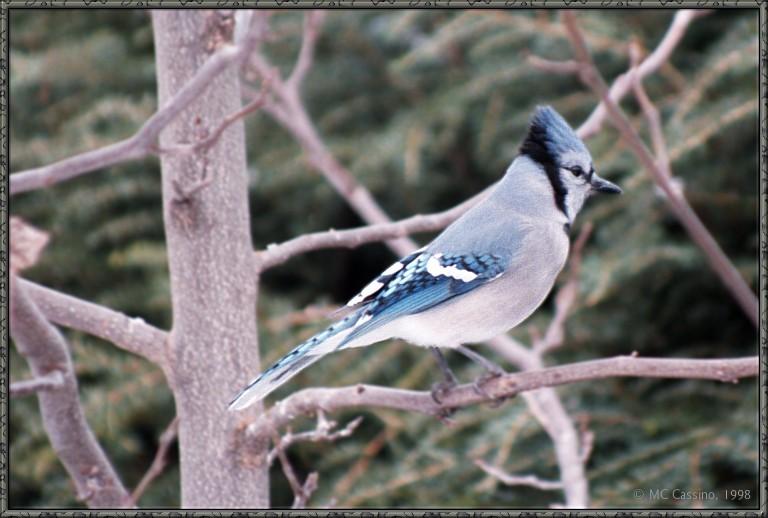|
| Query: bird | Result: 865th of 32675 | |
March birds --> Blue Jay
| Subject: | March birds --> Blue Jay
| | Poster: | Mark Cassino (cassino@net-link.net)
| |

| File size : 54685 bytes
File date : 1998:12:15 09:00:00
Resolution: 768x518
Jpeg process : Baseline
Posted Date: Mon, 14 Dec 1998 21:58:23 -0500 |
|
|

